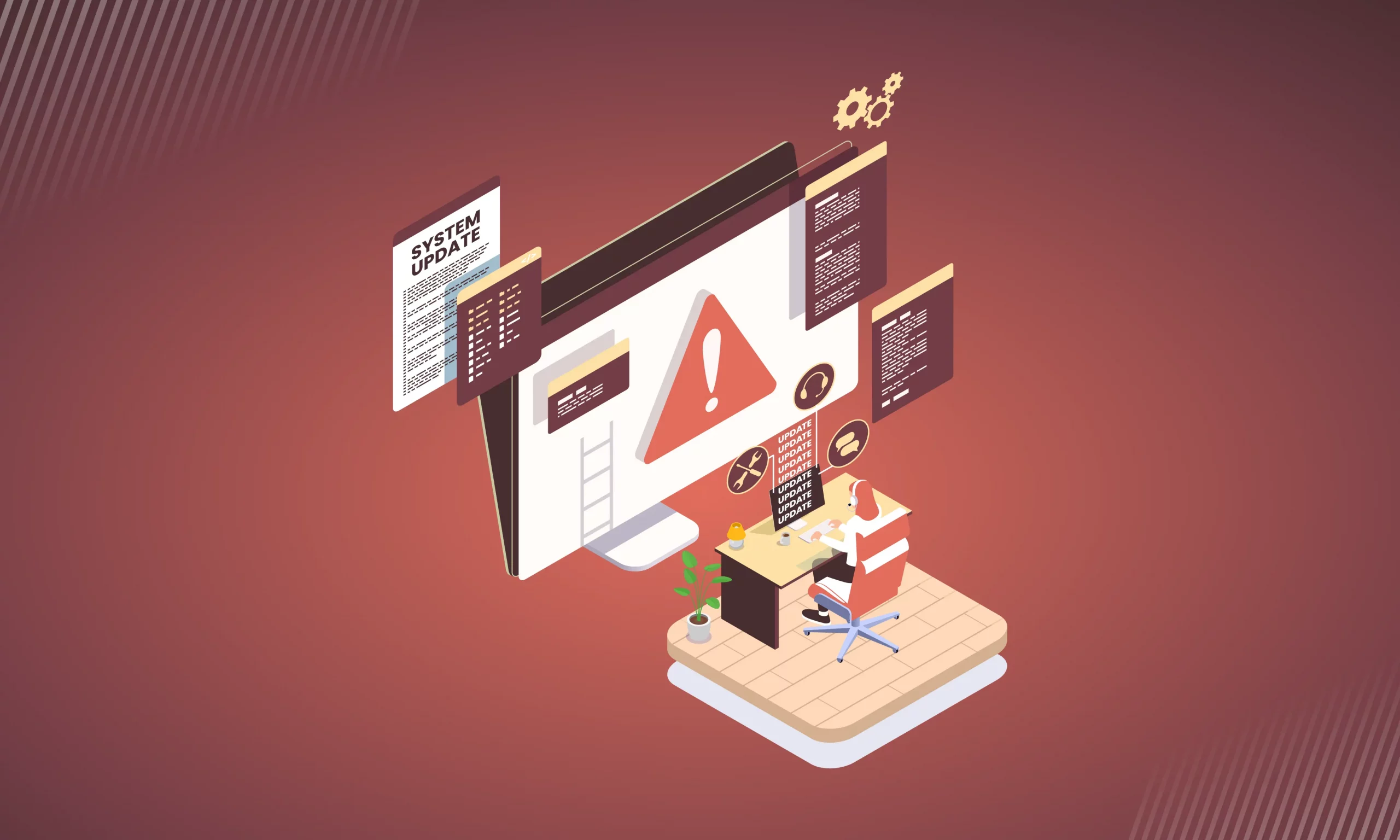Why Break/Fix Is Less Cost-Effective Compared To Managed Services?
January 17, 2023

Currently, the global market for Managed Services Providers (MSPs) is expected to reach $296.38 billion by 2023, representing a 70% increase over 2018. By contrast, the break/fix service approach is gradually declining. With the evolution of technology, looking for a solution that helps only in an emergency isn’t beneficial to your business, and can cause problems in the long run. If you wait until a disaster to adjust, you are wasting time and money that could be spent on more critical duties.
In this blog, Terralogic breaks down what each service offers and why you should avoid the break/fix approach in operating your IT infrastructure. Let’s explore!
What are the differences between Break/Fix and Managed Services?
Instead of considering the advantages and disadvantages of each service, it would be more helpful to clarify and build on what each solution provides. These two service models are types of outsourced IT support that assist you in maintaining your IT and keeping everything in place.
- Break/fix Support Model: a reactive approach to maintaining IT infrastructure. It is a fee-based service that relies on customer contact when repairs or upgrades are required.
- Managed services Model: a proactive approach provided by outsourced IT professionals that support you to keep your information technology in order. The managed service providers (MSPs) monitor your networks and devices based on a contract. If any problems occur, they immediately respond, alert you and work to mitigate damage.
While managed services are often paid with monthly fees, the money you save by avoiding disaster scenarios and streamlining your IT management covers the cost. More often, you’ll pay less than you in comparison to a break/fix solution while also avoiding infrastructure damage. Let’s delve deeper into the following section!
3 reasons why break/fix is a less cost-effective approach
Since the break/fix approach requires support only in emergency cases, it appears to be a cost-effective long-term solution. However, the truth is rather different! The 3 reasons listed below will help you understand why break/fix is never an efficient approach!
No control over expenditure
Following a break/fix model also means that you will wait for problems to occur before contacting the service provider. However, disaster sometimes strikes when you least expect it. This means you won’t be able to budget for repairs or maintenance like you would with an managed it service provider company. Since a break/fix service requires disasters to occur, they are incentivized to take longer to fix the issue and require more callouts.
Downtime is potentially long-lasting
With the break/fix model, you’ll continually be reacting to negative occurrences rather than proactively preventing them. Given that, you can not expect break/fix providers to disrupt to a bare minimum. If the problem occurring in your IT infrastructure is too complicated, providers will need a certain amount of time to ease the situation.
Furthermore, they do not guarantee their repair times. Because break/fix is unpredictable, providers cannot provide a standard estimate for repairs or maintenance. During this interruption, the company’s operations will suffer, negatively impacting your corporate reputation.
Remote workspaces facilitate higher IT risks

The shift to remote working has become more popular since the outbreak of the covid epidemic until now. According to Gartner Research, 82% of companies will continue to allow employees to work remotely in 2023. This leaves more room for cyberattacks to occur! What happens if cybercriminals aim at your company and damage your IT infrastructure?
With Break/fix providers, the situation might improve. However, let’s consider the potential cost you would suffer. Statista’s Cybersecurity Outlook estimated that the global cost of cybercrime is expected to surge in the next five years, rising from $8.44 trillion in 2022 to $23.84 trillion by 2027.
Wrapped up
With each of these points in mind, working with a managed service provider makes it much easier to plan your IT spending. Consider the concept of “trade-off,” which is a situational decision that entails reducing or eliminating a quality or feature of a collection in exchange for benefits in other areas. Sometimes, your IT system operates smoothly and it seems you don’t need the managed services. The expense for monthly management might cost an amount of your budget. However, this approach will be a protected shield that prevents you from unexpected cyberattacks or IT problems at any time and it will save a large amount of your money.
If you are looking for a reliable and cost-effective Managed Services Provider (MSP), you can believe in us! At Terralogic, we assist you in better understanding your managed it service solutions, developing a comprehensive strategy to secure your IT infrastructure, promptly resolving problems, and saving money through practical solutions. We specialize in technology solutions, Microsoft Cloud services, and more. Contact Terralogic today!
Keep reading about
LEAVE A COMMENT
We really appreciate your interest in our ideas. Feel free to share anything that comes to your mind.
Our 16 years of achievements includes:
10M+
lines of codes
2400+
projects completed
900+
satisfied clients
16+
countries served





